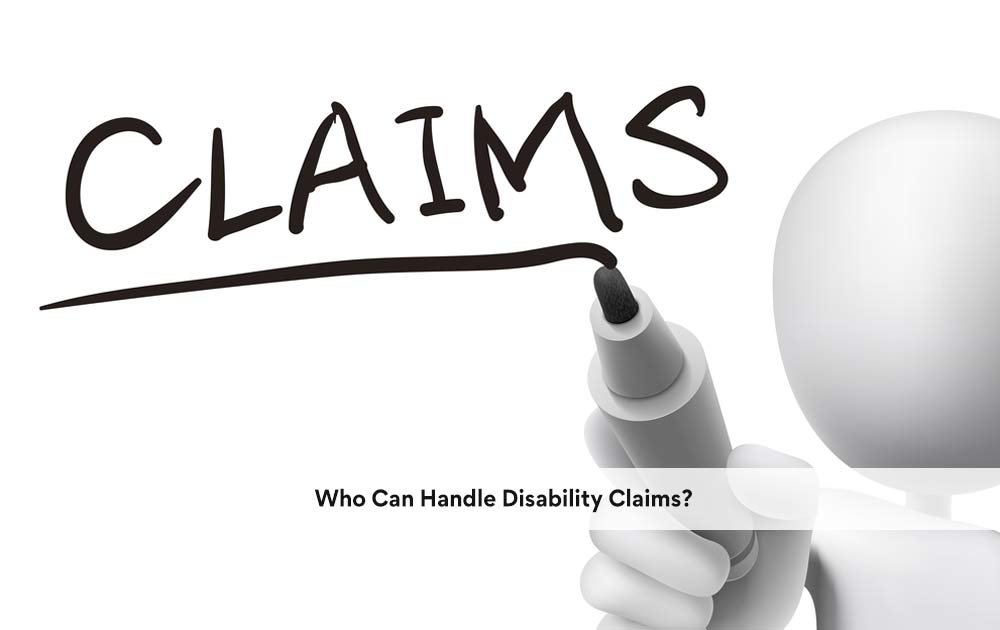When considering disability claims, the Social Security Administration (SSA) uses a guide called the Blue Book or Listing of Impairments, a comprehensive index that lists all conditions and severities that qualify as disability conditions. If your claim meets a Blue Book listing and is determined to be severe enough, you will likely qualify for benefits.
In the Blue Book, each condition is listed, along with a list of qualifying symptoms and other criteria. While the Blue Book is very comprehensive, there’s no way to possibly list all conditions that might qualify you for benefits. After all, there are literally thousands of combinations of illnesses and symptoms, as well as variations, so it is impossible to list them all.
So, SSA tries to list the most commonly seen impairments, as well as the most severe, since these typically qualify for accelerated approval and benefits. In total, there are a little over 100 disabling conditions listed.
Keep in mind that a disability means that you cannot work, according to the SSA, so they are listing those impairments that they commonly see that prevent people from functioning in a job.
For SSA to qualify you as meeting the listing, your condition must first be listed in the Blue Book, then your condition must meet those listed criteria. When both are met, you’ll receive the benefits. It’s pretty straightforward.
Here is an example. Skin cancer that has spread or metastasized into the muscle or bone is a qualifying condition; if you have this, you will qualify and be approved for disability benefits.
What Happens If Your Condition Is Not Specifically Listed? Does This Mean You Won’t Qualify?
There are many conditions that entirely disable a person and it is clearly apparent that they cannot work. First, you can “equal” a Blue Book listing. This means that you don’t exactly meet a listing, but you have symptoms that match the severity of a Blue Book listing. This usually occurs when a person has multiple illnesses that cause the same severity as a listed illness.
In these cases, SSA will review notes about your impairment to match another impairment that is similar in symptoms and severity. Here is a very common example of how this matching is done. Migraine headaches are not listed at all in the Blue Book, but many people have migraines that last for days and are so debilitating and frequent that the person cannot function in a job. Many people actually compare their migraine symptoms to those of non-convulsive seizures, an impairment which is listed in the Blue Book under the neurological section (11.03). Your doctor can help–he or she can provide notes showing that your condition is similar, this might be enough for SSA to consider awarding you those benefits.
Another way to qualify is by showing additive conditions. For example, you can have several conditions that when added together produce symptoms similar to a Blue Book listing. In some cases, the combination of illnesses might prove more severe than each one by itself. Let’s say you suffer from both high blood pressure and diabetes. By itself, neither condition is in the Blue Book, but together these illnesses might produce severe symptoms that SSA will consider.
When you have to start proving equivalent conditions to SSA, the situation becomes much more complex than in a straightforward cut-and-dried Blue Book listing determination. In these complex cases, hiring an experienced disability attorney & Lawyer can make a difference in you being awarded benefits.
Our attorneys understand the Blue Book and have dealt with many cases where listings are not explicitly spelled out as impairments. We can help you with the process and ensure you have all the resources you need to meet a disability listing.


